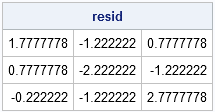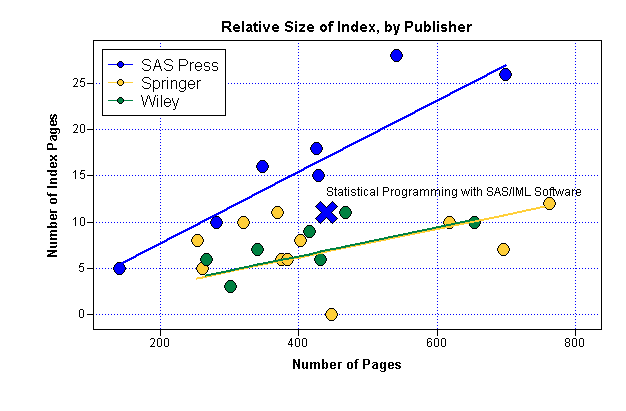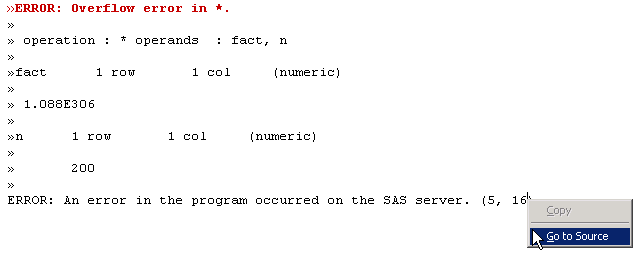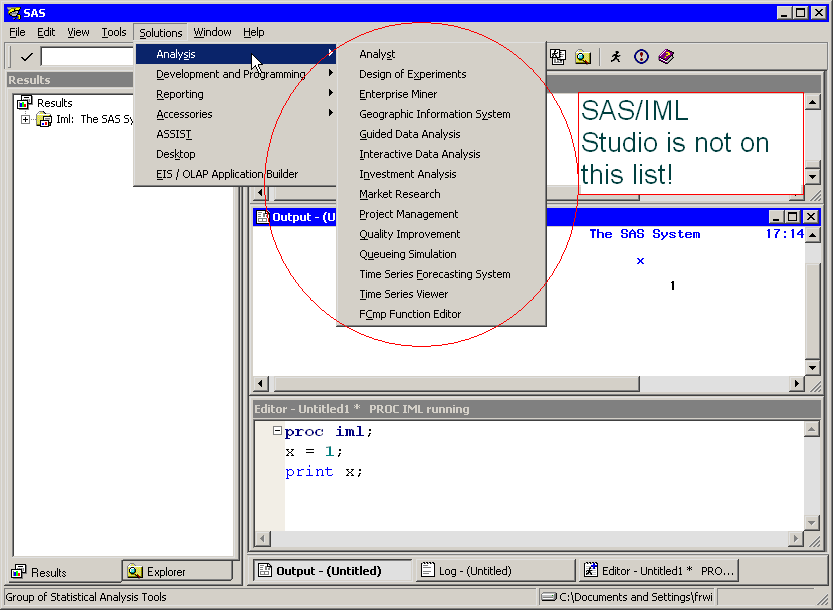
Last week I generated two kinds of random point patterns: one from the uniform distribution on a two-dimensional rectangle, the other by jittering a regular grid by a small amount. My show choir director liked the second method (jittering) better because of the way it looks on stage: there are







